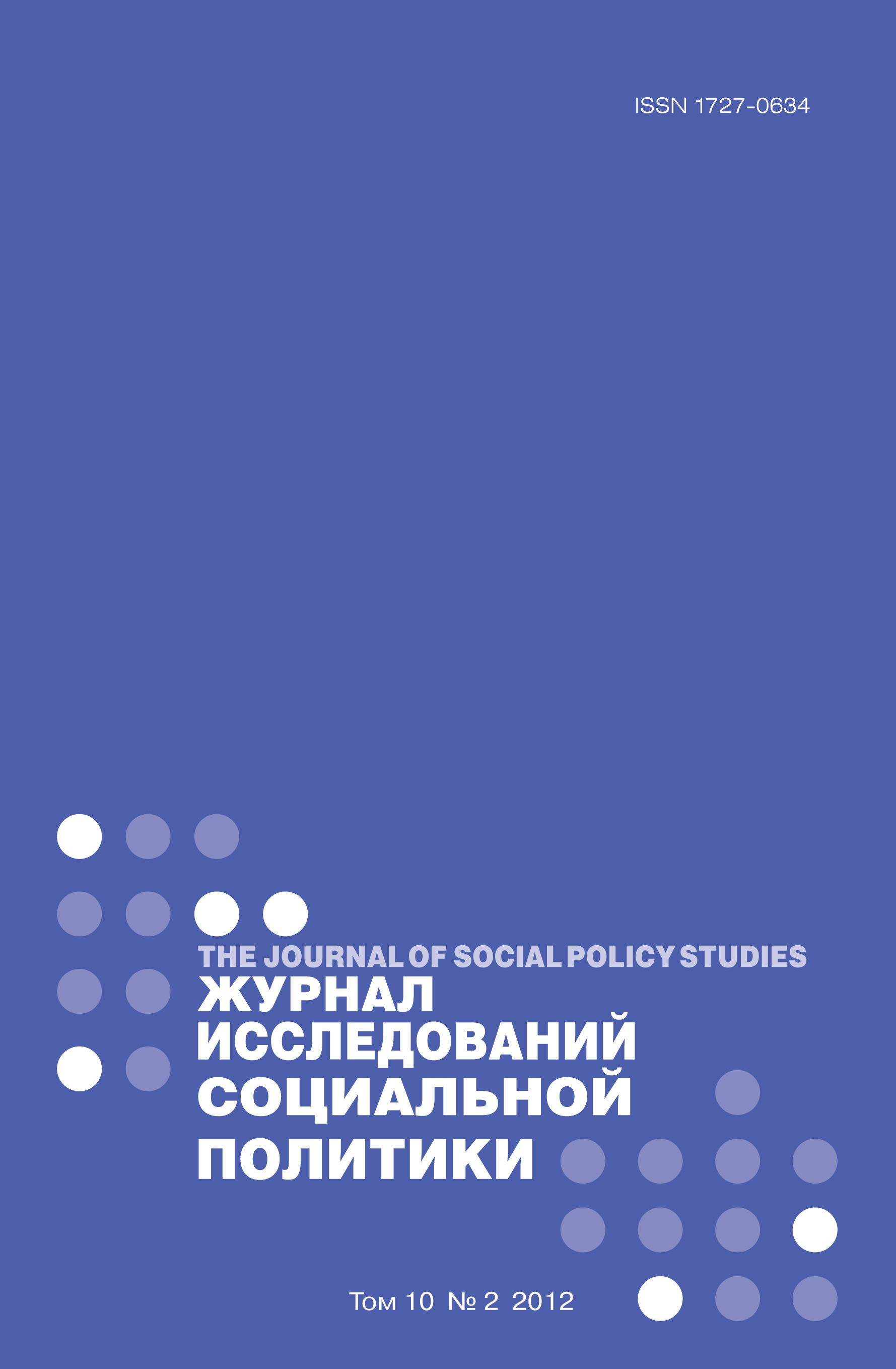Crippled, handicapped or people with limited abilities? Overview of disability history
Abstract
The history of disability is an under-researched topic in the Russian context, and thus this article acts as an introduction to a special issue of the Journal of Social Policy on the history of disability. The year 2012 saw the ratification of the UN Convention on the Rights of Persons with Disabilities in the Russian Federation, which meant that the government took on the responsibility to guard disability rights, protect against discrimination, and improve standards of living for people with disabilities, which make up around ten percent of the Russian population as a whole. Here, an overview of the main themes and attitudes to the history of disability, a new and dynamic research field in European and American historiography, is given. The history of disability is examined with reference to two main models – the medical and the social – with the social model playing a dominant role. The author discusses how disability has historically been closely connected with such issues as the histories of sickness, trauma, war, poverty, social security and welfare.
Developments in understandings of ‘disability’ are discussed, including the impact of various historical epochs including conceptions of the perfect body in classical Greece and Rome, the massive growth in disabled former soldiers after the First World War, and the widening of the term to include mental as well as physical disabilities. Disability is also shown to have been historically significant in the field of royalty, for example Holy Roman Emperor ‘Louis the Blind’, and to name etymology, e.g. the English ‘Cruikshank’ (or ‘crooked shank’) or the Russian ‘Gorbunov’ (or ‘hunchback’). Sociological notions of identity are also shown to be linked to disability: not only has it become an epistemological category in contemporary intersectional thought, alongside gender and class for example, but it has been affected by contemporary political activism by people with disabilities. Overall, American and European historiography reveal that development of the history of disability is stimulated by reshaping attitudes to disability within the framework of human rights and attempts to eliminate discrimination.















